In recent years, there has been a growing interest in natural DIY hair dyes as people seek safe and chemical-free alternatives to conventional hair coloring methods. With increasing concerns about the potentially harmful effects of synthetic hair dyes, many individuals are turning to eco-friendly options that utilize natural ingredients like henna, coffee, beetroot, chamomile, and more. Not only do these natural alternatives offer beautiful and vibrant hair colors, but they also promote healthier hair without the harsh chemicals found in traditional dyes. Let’s dive into the world of natural hair coloring and explore the wonders of these additional natural DIY hair dyes.
Benefits of Chemical-Free Hair Dyes: Embracing Safer and Healthier Alternatives
Hair dyeing has been a popular beauty practice for centuries, but with the rise of concerns about the potential adverse effects of chemical hair dyes, many individuals are now seeking safer alternatives. Chemical-free hair dyes, made from natural ingredients and free from harsh synthetic chemicals, offer numerous benefits that promote overall hair health and general well-being. Let’s explore the advantages of using chemical-free hair dyes and how they are safer compared to their chemical counterparts.
1. Reduced Risk of Allergic Reactions:
Chemical hair dyes often contain allergens like ammonia, paraphenylenediamine (PPD), and other harsh chemicals that can trigger allergic reactions in some individuals. On the other hand, chemical-free hair dyes, especially those derived from plants and herbs like henna and chamomile, are less likely to cause allergic responses, making them a safer choice for those with sensitive skin or allergies.
2. Gentle on the Scalp and Hair:
Chemical dyes can strip the hair of its natural oils, leaving it dry, brittle, and prone to damage. In contrast, natural hair dyes typically contain nourishing and conditioning properties that help maintain the hair’s moisture balance. Ingredients like coconut oil, aloe vera, and herbal extracts found in chemical-free dyes soothe the scalp and promote overall hair health, resulting in luscious and vibrant locks.
3. Environmentally Friendly:
Chemical hair dyes often contain harmful substances that can pollute the environment when washed down the drain. Natural hair dyes, being free of toxic chemicals, are eco-friendly and biodegradable, reducing the environmental impact and contributing to a greener planet.
4. No Harsh Chemical Fumes:
Chemical hair dyes emit strong and pungent fumes due to the presence of ammonia and other chemicals, which can cause discomfort during the application process. In contrast, natural hair dyes are generally odorless or have a pleasant aroma, making the hair dyeing experience more enjoyable and less overwhelming.
5. No Animal Testing:
Many chemical hair dye brands engage in animal testing to ensure their products’ safety. On the other hand, natural hair dyes are often cruelty-free, as they are made from plant-based and non-toxic ingredients, making them a compassionate choice for animal lovers.
List of Natural DIY Hair Dyes
I. Henna: The Time-Tested Herbal Hair Dye
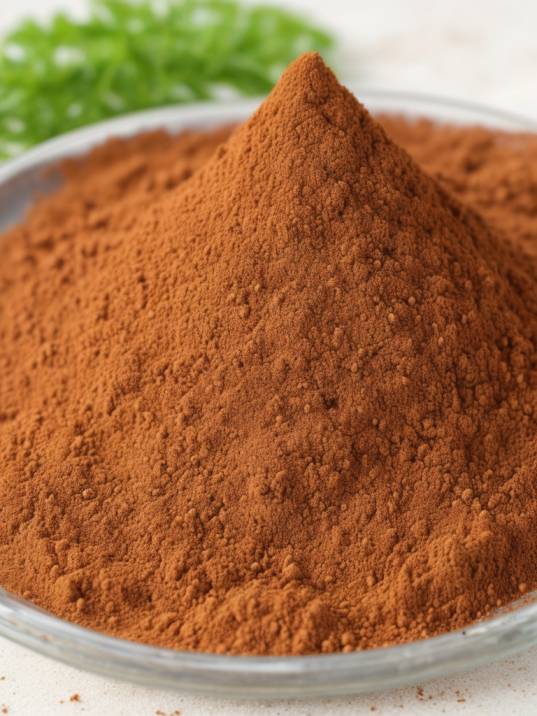
Henna, derived from the Lawsonia inermis plant, has been used for centuries as a natural hair dye and conditioner. Apart from coloring hair, henna offers additional benefits, such as improving hair health, strengthening the strands, and providing a natural shine. The process of using henna involves creating a paste using henna powder and other ingredients to achieve different shades, from rich auburn to deep burgundy. Here’s a step-by-step guide to using henna as a hair dye:
- Gather the ingredients: Henna powder, water, lemon juice, and essential oils.
- Mix the henna paste: Combine the henna powder with the other ingredients to form a smooth, thick paste.
- Apply the henna: Section your hair and apply the henna paste evenly, covering the roots to the tips.
- Allow the henna to set: Leave the henna on your hair for a few hours, depending on the desired intensity of color.
- Rinse and condition: Rinse off the henna thoroughly and follow up with a deep conditioning treatment for luscious locks.
II. Coffee: Awakening Your Hair with Natural Tones

Coffee is not just a beloved morning beverage; it can also be used as a natural hair dye, particularly suited for brunettes and dark-haired individuals. The caffeine in coffee acts as a natural colorant, adding depth and shine to the hair. Here’s how to create a simple coffee hair dye:
- Brew a strong cup of coffee: Let it cool down to room temperature.
- Apply the coffee rinse: Pour the cooled coffee over your hair, ensuring all strands are saturated.
- Let it sit: Leave the coffee rinse on your hair for about 20-30 minutes.
- Rinse and style: Rinse your hair thoroughly and enjoy the natural highlights and aromatic coffee scent.
III. Beetroot: Vibrant Hues from Nature’s Bounty
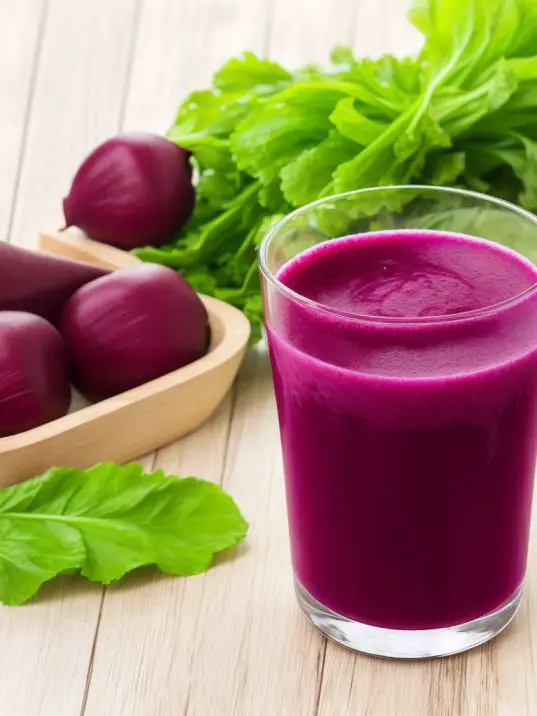
For those looking to add vibrant red or pink hues to their hair, beetroot is an excellent natural option. Beetroot is rich in natural pigments and nutrients that promote healthy hair. Here’s how to make a beetroot hair dye:
- Prepare the dye: Grate or blend fresh beetroots to extract the juice.
- Apply the dye: Apply the beetroot juice to your hair, ensuring even coverage.
- Let it set: Allow the beetroot juice to sit on your hair for at least an hour.
- Rinse and admire: Rinse off the beetroot dye and marvel at your new vibrant hair color.
IV. Chamomile: Gentle Lightening for Luminous Locks
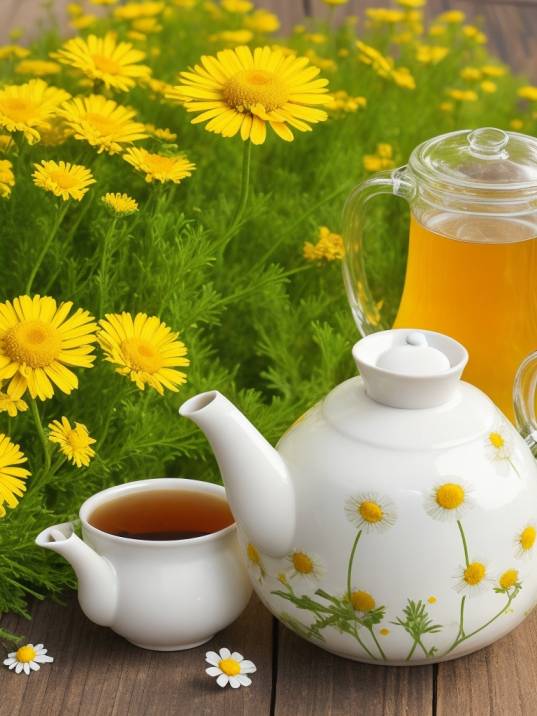
If you have light-colored hair and desire subtle highlights, chamomile is the perfect natural hair lightener. Chamomile not only lightens hair but also soothes the scalp and adds a natural glow. Here’s how to create a chamomile hair rinse:
- Brew a chamomile tea: Steep chamomile flowers in hot water and let it cool.
- Rinse your hair: After shampooing, pour the chamomile tea over your hair.
- Sun-kissed effect: Spend some time in the sun to enhance the lightening effect.
- Rinse and flaunt: Rinse your hair and enjoy the radiant highlights.
V. Indigo: Rich and Natural Blue-Black Color
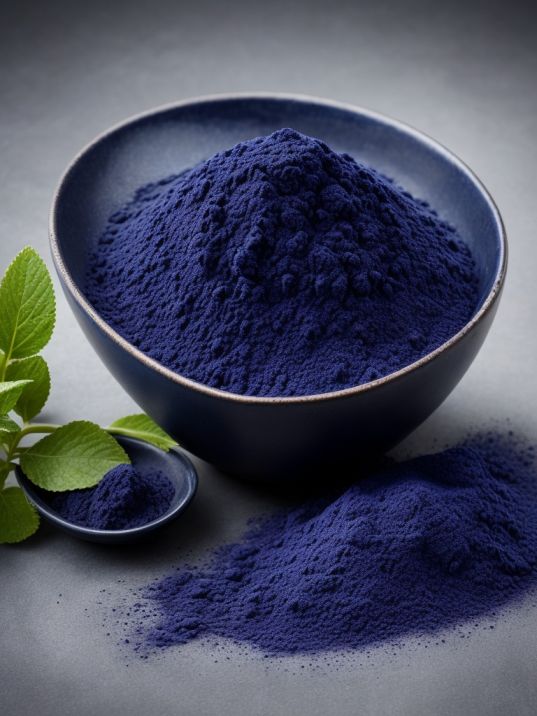
Indigo is another natural dye that complements henna and can be used to achieve blue-black shades. It works especially well for covering gray hair. Here’s how to combine indigo with henna for stunning results:
- Mix henna and indigo: Create separate henna and indigo pastes according to package instructions.
- Apply henna first: Start by applying the henna paste to your hair and leave it on for the desired time.
- Apply indigo: After rinsing the henna, apply the indigo paste and let it sit for the recommended time.
- Rinse and reveal: Rinse off the indigo and marvel at your luxurious blue-black tresses.
VI. Walnut Shells: Natural Brown Tones
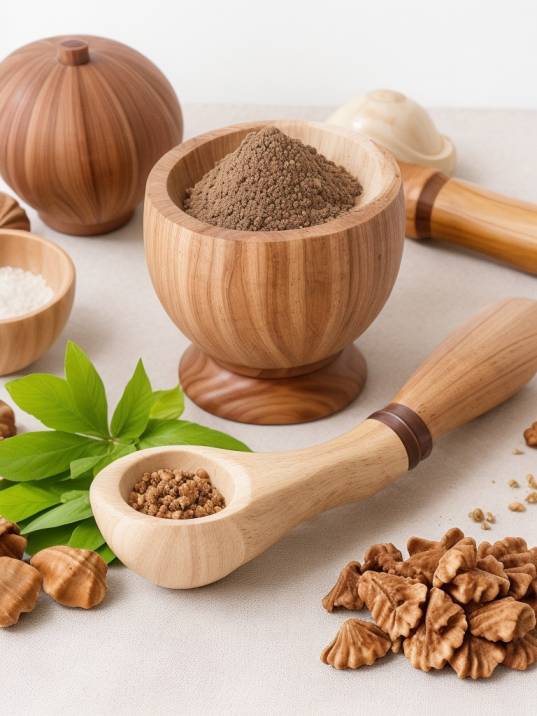
Walnut shells are a natural dye option that imparts beautiful brown tones to hair. They are particularly suitable for brunettes and can add depth and dimension to the hair color. Here’s how to create a walnut shell hair dye:
- Crush the walnut shells: Break walnut shells into small pieces and simmer them in water.
- Cool and strain: Let the walnut shell solution cool and strain out the shells.
- Apply the dye: Pour the walnut shell solution over your hair and massage it into the strands.
- Let it set: Allow the dye to sit on your hair for about an hour.
- Rinse and admire: Rinse off the dye and enjoy your natural brown-hued locks.
FAQs (Frequently Asked Questions)
1. What are natural DIY hair dyes?
Natural DIY hair dyes are coloring options made from plant-based ingredients, free from harsh chemicals found in conventional dyes.
2. Are natural hair dyes safe for sensitive skin?
Yes, natural hair dyes are generally safe for sensitive skin since they lack harmful chemicals that can cause allergic reactions.
3. Are chemical-free hair dyes better for the environment?
Absolutely! Chemical-free hair dyes are biodegradable and do not contribute to harmful environmental pollution.
4. Can chemical-free hair dyes cover gray hair effectively?
Yes, certain natural hair dyes, like henna and walnut shells, can effectively cover gray hair and provide natural-looking results.
5. What can I use to dye my hair without chemicals?
Natural ingredients like henna, coffee, and beetroot can be used to dye hair without harmful chemicals.
6. What is the most natural way to dye your hair?
The most natural way to dye hair is by using plant-based ingredients like henna, coffee, and chamomile.
7. What household items can dye your hair?
Items like coffee, tea, beetroot, and henna can be used as natural hair dyes with household items.
8. What is the least damaging way to color your hair?
Natural hair dyes, particularly henna, are considered the least damaging way to color hair.
9. How do you make homemade hair dye with food coloring?
You can create a temporary hair dye using food coloring, conditioner, and vinegar, but it may not be as long-lasting as other methods.
10. Are natural DIY hair dyes cruelty-free?
Yes, most natural hair dyes are cruelty-free, as they are made from non-toxic plant-based ingredients and are not tested on animals.
Conclusion:
Switching to chemical-free hair dyes offers a plethora of benefits, making it a safer and healthier choice for hair coloring enthusiasts. With reduced risk of allergic reactions, gentler treatment for the scalp and hair, and environmentally friendly practices, natural hair dyes promote not only individual well-being but also contribute to a cleaner and greener planet. The gradual fading, customizable shades, and overall hair health benefits make chemical-free hair dyes a popular and satisfying choice for anyone seeking a beautiful and safe hair coloring experience. So, why not embrace the wonders of nature and enjoy the many advantages of chemical-free hair dyes today!

